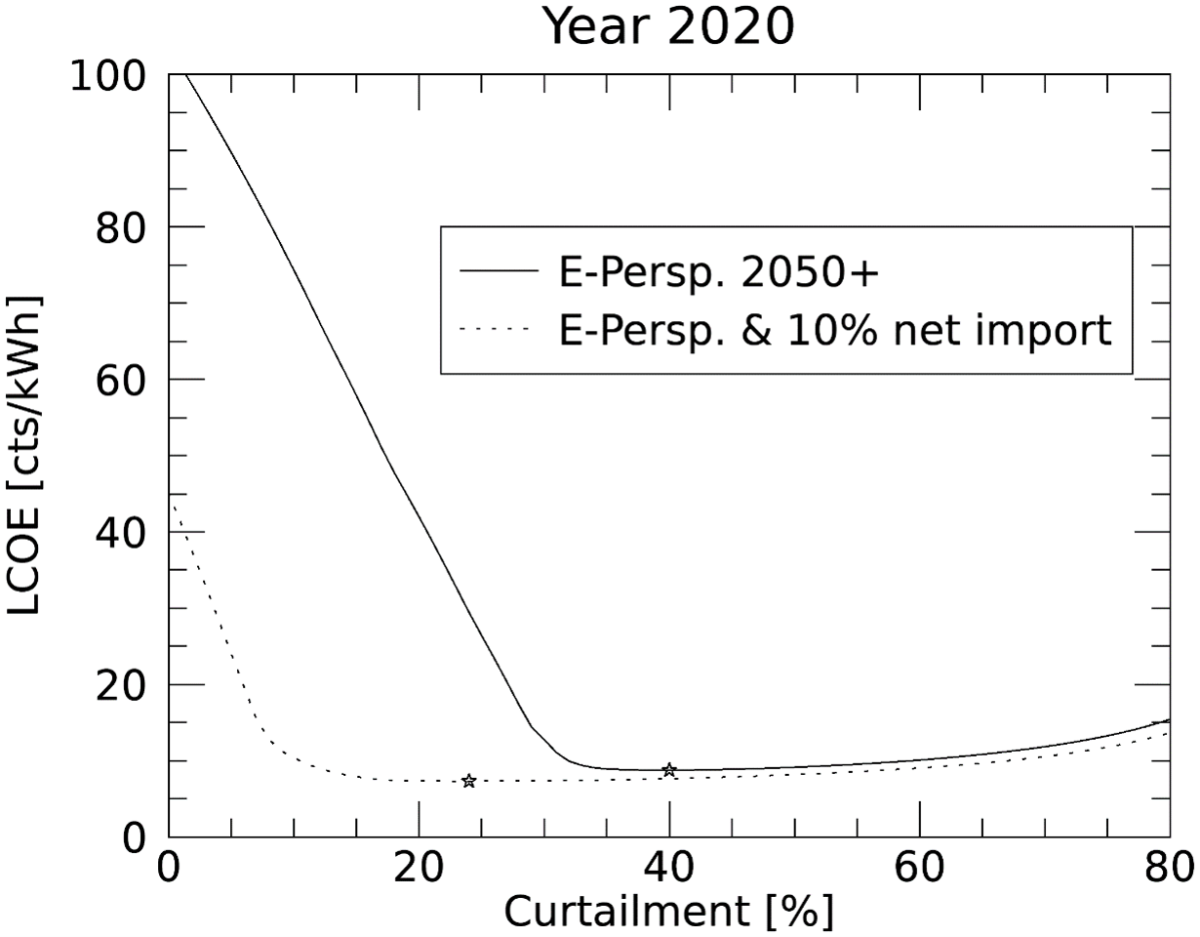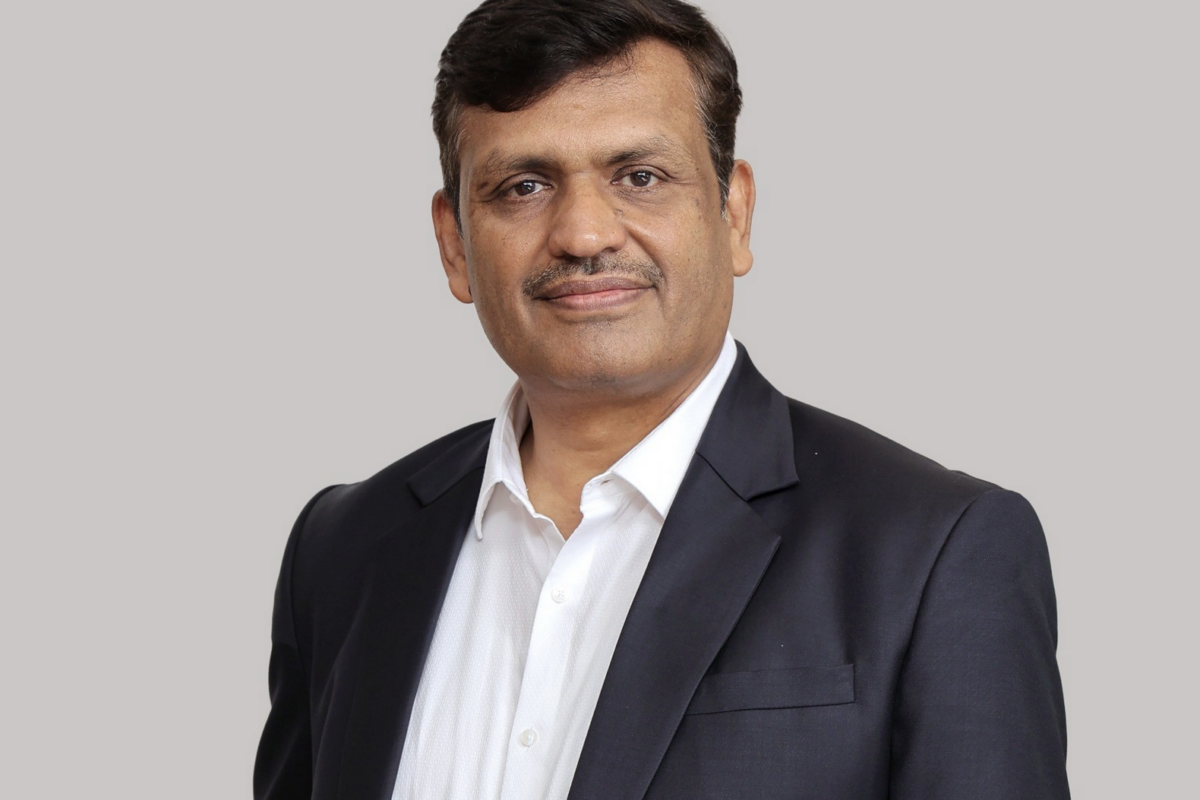The climate crisis makes the energy transition a necessity. This implies that all fossil energy sources are to be faded out as quickly as possible.
A key motivation for a fast transition to electricity is that efficiency levels are two to three times higher than the fossil-based energy system. This will drive strong growth in electricity consumption and encourage a fast switch from fossil-based power stations (gas, oil) to renewable energy systems. Wind and solar will provide the lion’s share, as they have the lowest costs of production and the highest potential by far.
However, wind and solar are weather and season-dependent variable renewable energy resources (VREs). Implementing them at levels of ultra-high grid penetration requires their transformation from intermittent to firm resources that are permanently available to meet demand, 24/7 and 365 days a year.
A growing body of work shows that the central enabler of this transformation is implicit storage, which means overbuilding the VREs and dynamically curtailing them operationally. Substantiated by several in-depth case studies, we infer that close to 100% VRE power grids firmly supplying clean power and meeting constant demand are not only possible, but would be economically viable, provided that VRE resources are optimally transformed from unconstrained run-of-the weather generation into firm generation sources.
VREs are capable of entirely displacing all conventional sources economically. Grid-forming inverter technology is now emerging, which resolves any grid frequency and stability issues resulting from the replacement of conventional rotating power generation.
The enabling technologies needed to transform VREs from variable to firm generation already exist. They include energy storage, the optimum blending of VREs and other renewable resources, geographic dispersion, and supply/demand flexibility. Most importantly the transformation entails overbuilding and operationally curtailing the VREs (aka implicit storage). This strategy ensures acceptable total VRE production costs, which include both generation and grid integration cost.
The results of the different studies, summarized in an IEA-PVPS report, demonstrate that proactive curtailment will be an important part of the solution. In Switzerland, scenarios of a 100% renewable electricity grid mix were analyzed to determine the financially optimal usage of curtailment for the PV electricity fraction. It was shown that 10% to 40% of PV energy curtailment is optimal, leading to levelized costs of energy (LCOE) values of €0.07 ($0.08)/kWh to €0.09/kWh.
The more electrically integrated Switzerland is with the European electricity system, the less implicit storage is needed. But importantly, scenarios with restricted electricity import would lead to acceptably low LCOE in the range of €0.09/kWh due to the concept of implicit storage. In a pan-European evaluation, approximately 30% energy curtailment is optimal leading to an LCOE of €0.029/kWh including hydrogen storage. For the region of the US Midcontinent Independent System Operator (MISO) an optimum of 35% curtailment is reached with 80% PV and 20% wind – leading to an LCOE of $0.042/kWh.
Curtailment has been historically considered as something that must be avoided and minimized. However, this must be judged differently today. One major conclusion of the International Energy Agency work is that curtailment is a prerequisite of energy transition and will lower the total costs of transition significantly. Storage will be an important part in the future. But storing or transforming every possible kilowatt-hour of PV would simply be too expensive.
This enabler cannot be immediately implemented and monetized because renewable power regulations enabling firm power remuneration vehicles for producers at any scale (from residential to utility scale) do not yet exist. Urgent regulatory reform is needed and VRE production support schemes must be revisited. If no changes are made to support schemes to enable the firm power concept, the result will be much higher overall costs for the energy transition.
This article is part of a monthly column by the IEA-PVPS program. It was contributed by IEA-PVPS Task 16 – Solar Resource for High-Penetration and Large-Scale Applications. Further information can be found in Task 16’s recent report, “Firm Power Generation.”
By Jan Remund, Meteotest AG, Switzerland
The views and opinions expressed in this article are the author’s own, and do not necessarily reflect those held by pv magazine.
This content is protected by copyright and may not be reused. If you want to cooperate with us and would like to reuse some of our content, please contact: editors@pv-magazine.com.



A big part of the reason the over-build strategy isn’t getting much attention is that it’s being drowned out by all this non-stop hype around storage. The battery hype cycle is right up there with the nuclear and hydrogen hype cycles.
If you look at the quantity of storage you need in an optimally over-built system you see it’s modest to non-existent. Batteries are good at diurnal storage and we’ll need diurnal balancing in the future but it’s 100% clear that the vast majority of this will be done with flexible demand.